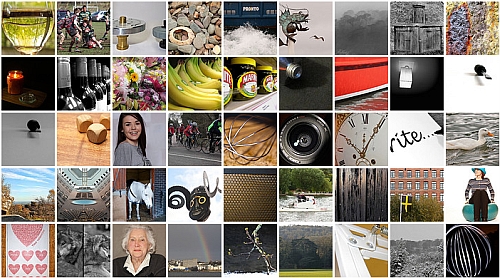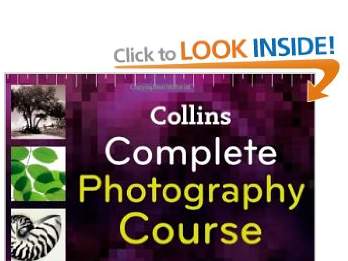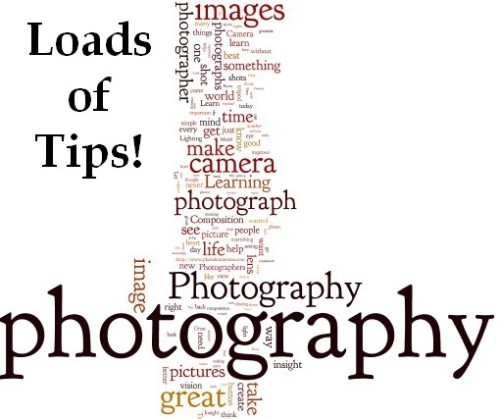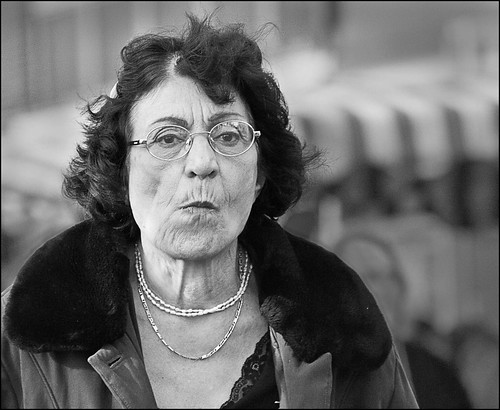
Random or ‘splatter’ tactics when shooting are not going to make you lucky.
Ever taken a few more shots, just for luck?
I think we all have if we are honest. We know that approach is really about random shooting and not about getting good shots. Here are some ways to help you get over blasting off shots just for luck.
The tell-tail signs
You always come back from a shoot with hundreds of shots. A high percentage of them are throw-aways. It’s difficult to know what to point your camera at when shooting. Your shots appear to be random. It is difficult to know what settings to use… feel uncertain while out shooting. You suffer photographic stress. Simple, you need to get organised about your shoots.
Here’s a plan…
To move forward, you need work on a plan to get past the randomness and work toward taking consistent shots.
Increase your confidence: Low hit-rates are pretty demoralising. You need to find ways to increase the successes. Go back to basics. BUT, you need to do it in a way that will help you move on. When in a new situation set your camera to auto-settings. Take a few test shots. Note what settings your camera uses. Once you have the measure of things, swap back to the settings that give you creative control. You will be more confident – you know what settings to return to if your settings don’t work out on a shot.
Learn about light: Light is a very fickle entity. Just when you want great light it’s not there. Other times it’s there but you are not sure how to use it to best effect. Well, here are two pieces of advice. First, shoot late or early – long shadows help define your subject and with better colours in the light. Second, learn the difference between hard light and soft light. Hard, harsh light will tend to be less forgiving and less aesthetically pleasing. Once you know these things, you are on the path to improvement. Check over our other Light and Lighting resources on light to continue your improvement.
Learn about settings on your camera and exposure: The most important ideas in photography rest on getting a good exposure. Start with simple shots, simple light. Learn the settings on your camera, in particular about ISO, Aperture and Shutter speed. Together these form a golden triangle for photographers. Read your manual so you know how to control them. Then read up on exposure. Here are a range of links to get you started on exposure…
Definition: Exposure
Definition: Aperture
Definition: f number
Definition: ISO
Definition: Shutter Speed
Portraiture: Friends or family expect you to do it right and you are under pressure. To make the situation more controlled ask a supportive member of your family, or a good friend, to try out a few poses. There are quite a few posing guides in books. Here are a list of books on Amazon that I have found particularly useful to get you started…
Start simple and work on a set of poses to commit to memory. Memorise about five or six poses for a male and the same for a female. These will let you get a session going. After that you rely on your intuition while working with your subject – work out what will suit them. Watchwords here are: Keep it simple; keep it well lit. To get under way read this article to get you thinking about portraiture… Simple positions for classic portrait work.
Finger off the trigger: I know it is easy to punch away at that button and hope something comes out. Take it from me you need to do just the opposite. Stop. Consider. Compose. Frame. Fire. Make sure you get into the habit of thinking each shot through before you push the button. Visualise your shots so you have a good idea for your picture before you even raise the camera to your eye. Pre-visualisation in most pursuits is how you can focus your energy and skill. It is no different in photography. Try improving your stance too. Most people improve their shots a huge amount if they take time to get the stance right. I have a system I teach my students. Read about it in: Simple tips for a good stance.
Composition: There are simple things you can do to improve immediately. Here are three posts on the fundamentals:
- Rule of Thirds
- Golden Hour; Magic Hour;
- Don’t Stick the Horizon Line in the Middle!
Follow up with more composition reading: Composition – resource pages on Photokonnexion.
Planning your shoot and being productive: It is best to do a bit of planning. Get some ideas going before you start shooting. Read about planning a shoot without the scatter-gun approach: Shoot Less – Keep More.
Putting it all together…
That is the fundamental plan. To do it you need to work on one bit at a time. Practice the simple principles above, work with the camera, make sure you look at good photographs daily. Oh! And, one further thing… you are not alone. We all went through this stage. With practice you will soon be making great images regularly.
By Damon Guy (author and Photokonnexion editor)

Damon Guy (Netkonnexion)
Damon is a writer-photog and editor of this site. He has run some major websites, a computing department and a digital image library. He started out as a trained teacher and now runs training for digital photographers.
See also:
Editors ‘Bio’.

Here is a great book
![]()
you can learn some new ideas about photography without paying…
![]()
is an excellent book. Well produced and researched. It’s a top seller and well reviewed. When you go to the Amazon page for it the book also has a readable section. That’s right. While on Amazon you can read several chapters. If the book has a “click to read” tag, like the picture above, you can read some of the text. The chapters you can read in this book are…






